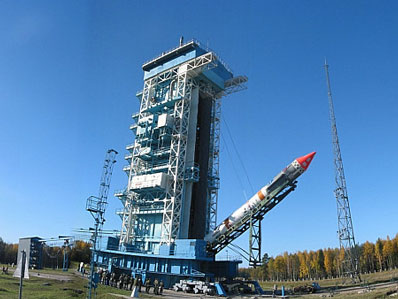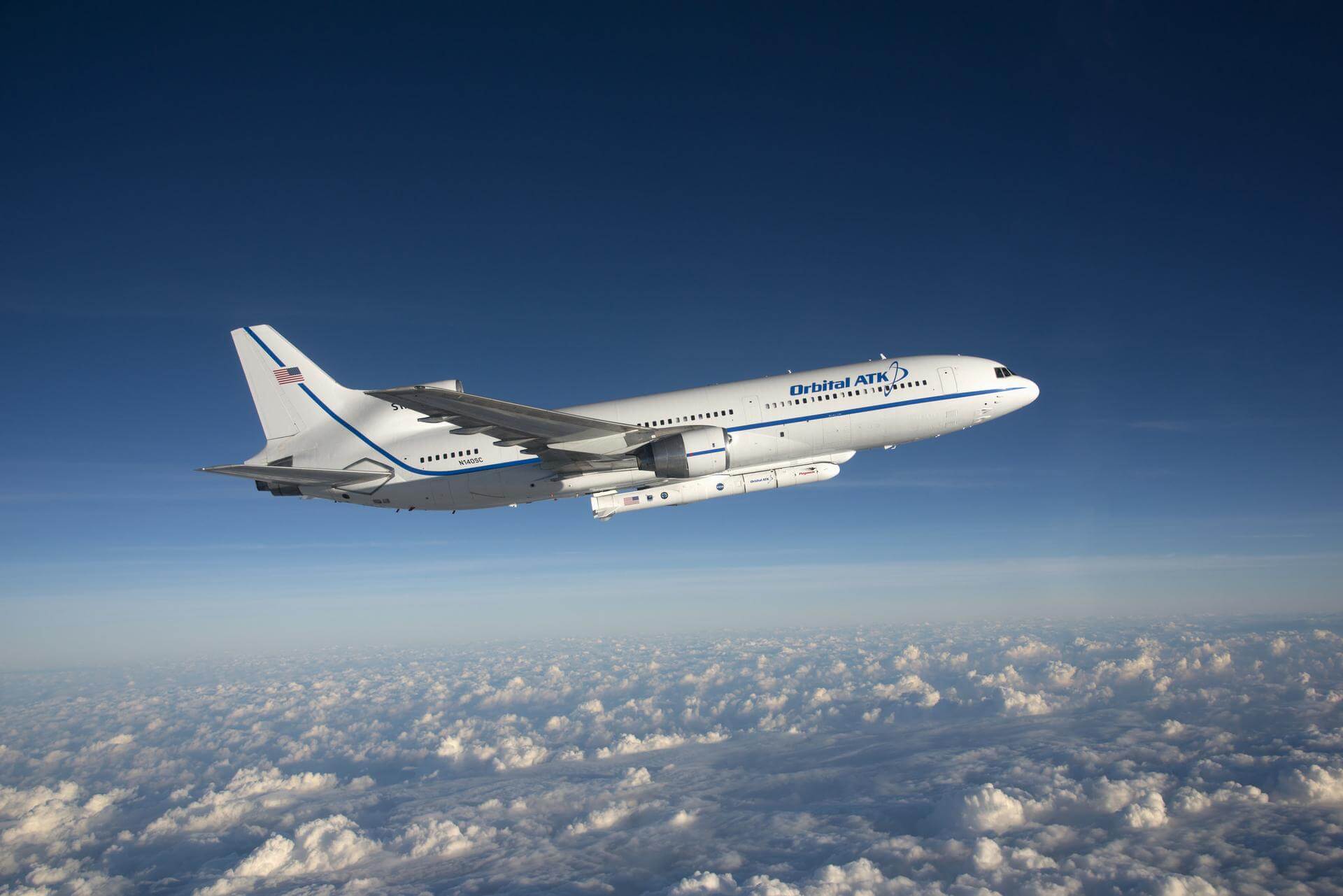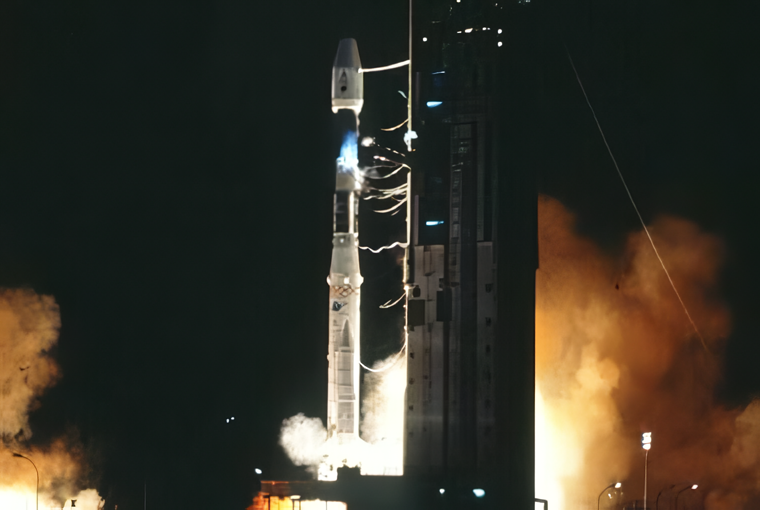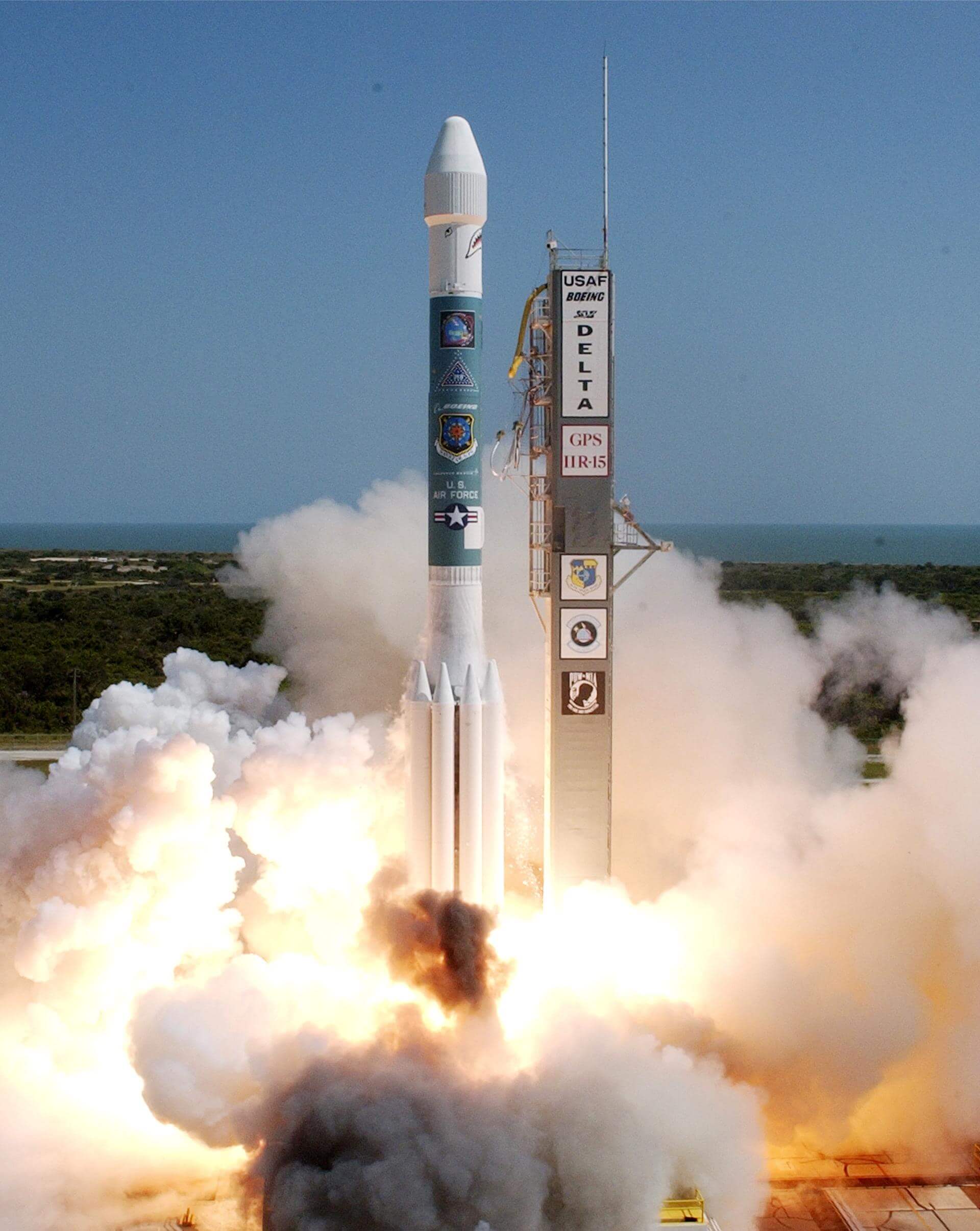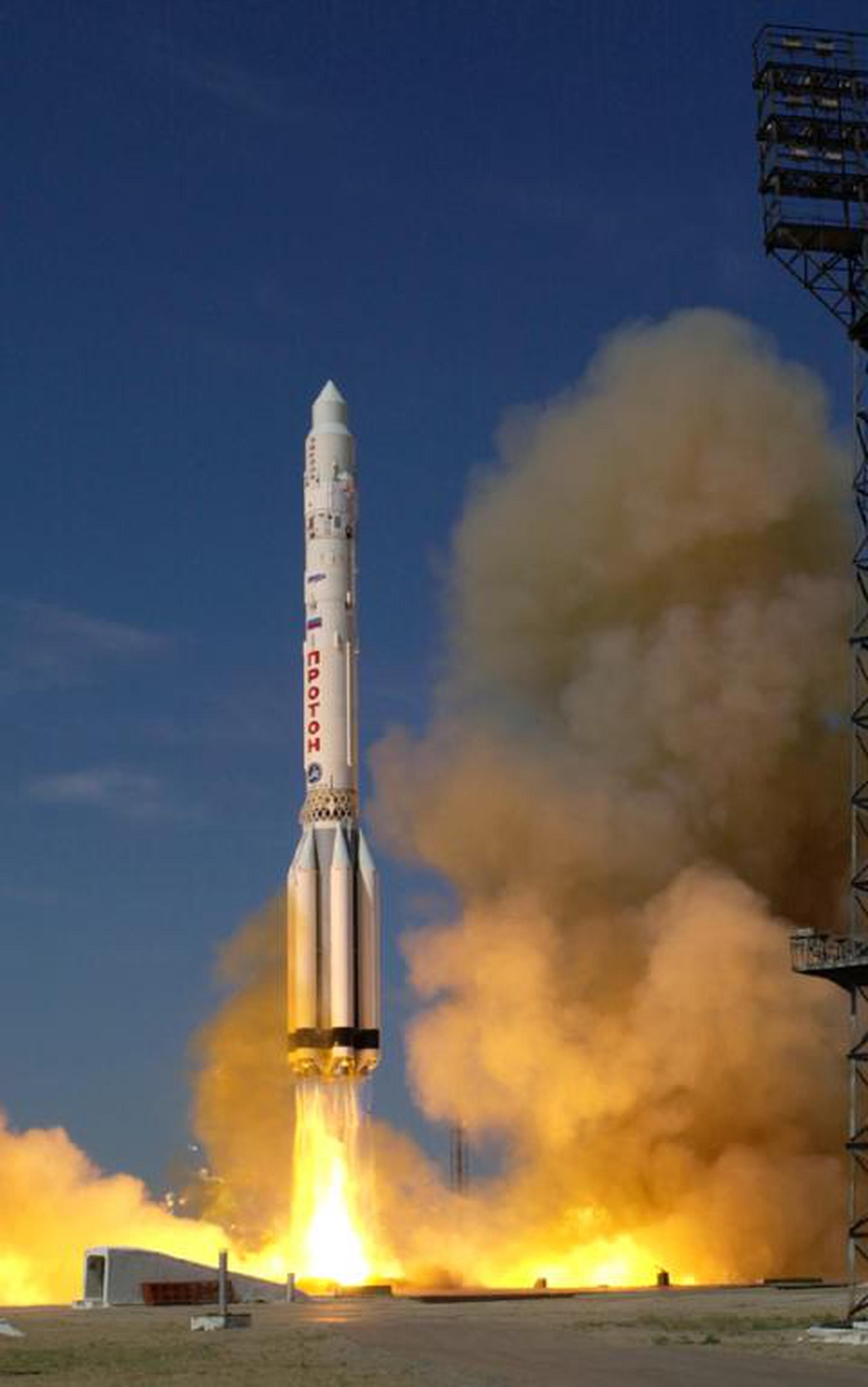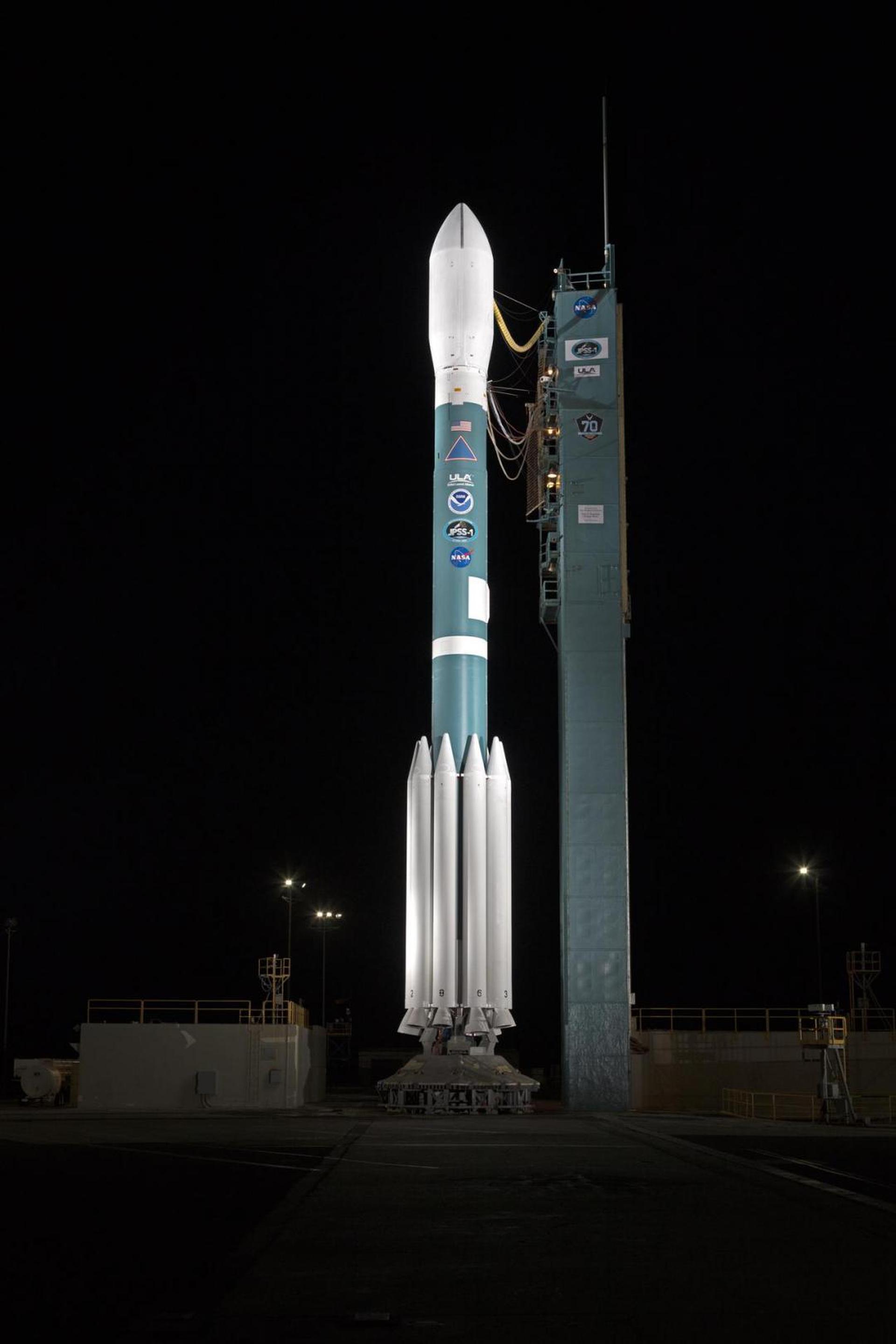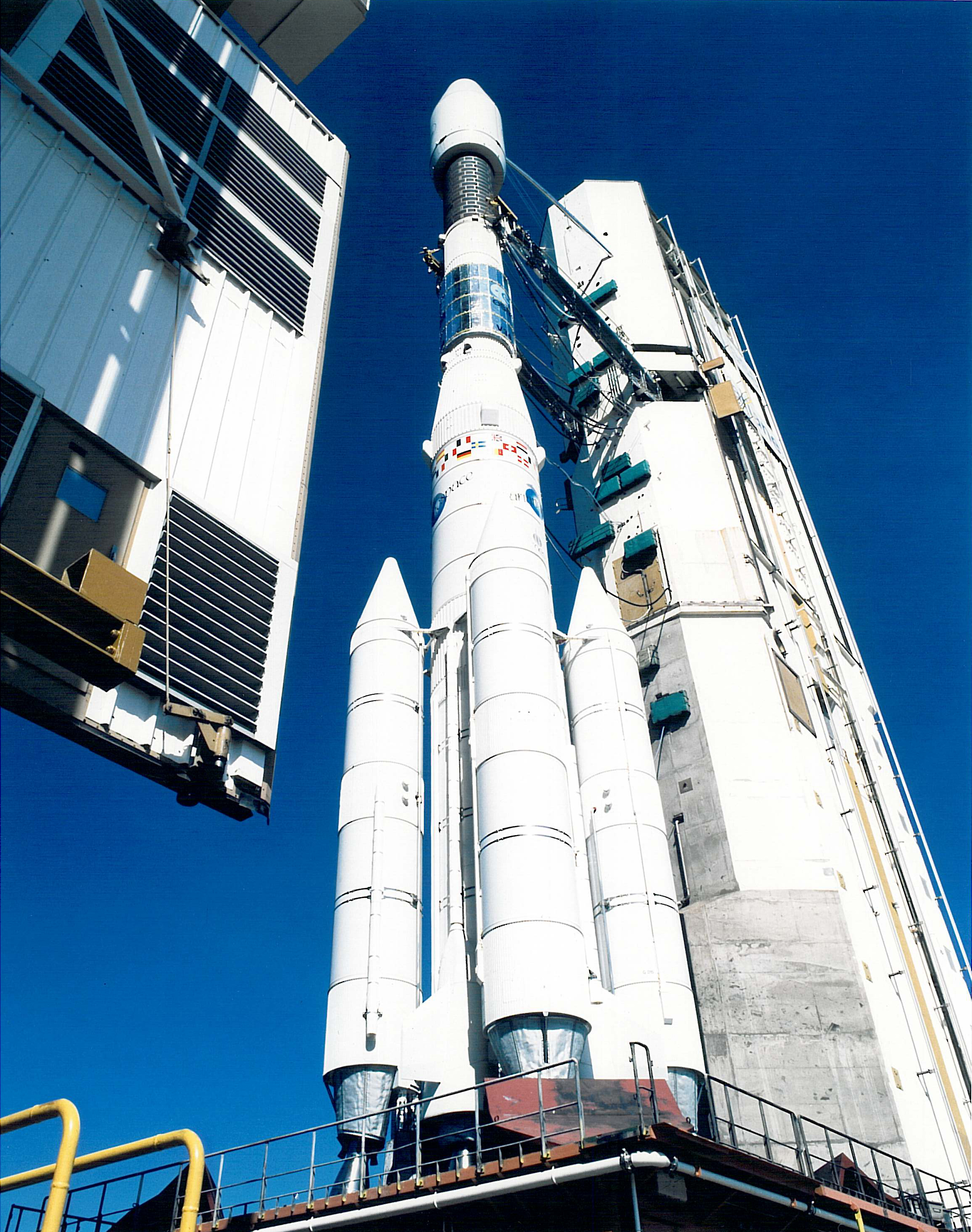Previous Spaceflight Launches
Filter by Agency, Locations or Vehicles
Show All LaunchesKosmos-3M | Nadezhda 8
Russian Space Forces | RussiaPlesetsk Cosmodrome, Russian Federation
Dec. 10, 1998, 11:57 a.m.
Pegasus XL | Submillimeter Wave Astronomy Satellite (SWAS)
Orbital Sciences Corporation | United States of AmericaAir launch to orbit
Dec. 6, 1998, 12:57 a.m.
Ariane 42L | Satmex 5
Aérospatiale | FranceGuiana Space Centre, French Guiana
Dec. 6, 1998, 12:43 a.m.
Status: Launch Successful
Mission:
SATMEX 5 is a Hughes HS-601HP or "high power" version of the body-stabilized spacecraft. It features more than 7,000 Watts of payload power, at least 10 times the capacity of Morelos II. Through such innovations as dual-junction gallium arsenide solar cells, radiation-cooled traveling-wave tube amplifiers (TWTAs), advanced battery technology, and a xenon ion propulsion system, XIPS, the HS-601HP can carry payloads twice as powerful as those on the HS 601 models, with an expected 15-year mission lifetime.
Geostationary OrbitSpace Shuttle Endeavour / OV-105 | STS-88
National Aeronautics and Space Administration | United States of AmericaKennedy Space Center, FL, USA
Dec. 4, 1998, 8:35 a.m.
Delta II | BONUM-1
United Launch Alliance | United States of AmericaCape Canaveral SFS, FL, USA
Nov. 22, 1998, 11:54 p.m.
Status: Launch Successful
Mission:
The satellite is a high-power version of the HS-376HP, spin-stabilized spacecraft, one of the most popular spacecraft models. The satellite was launched onboard a Delta-7925 rocket on Nov. 22, 1998. The delivery in-orbit contract included the satellite, launch vehicle services, and ground satellite control equipment for use at the control center, and training for the satellite controllers. The satellite is operated by the BONUM-1 control station, located in Moscow.
Geostationary OrbitProton | Zarya
Khrunichev State Research and Production Space Center | RussiaBaikonur Cosmodrome, Republic of Kazakhstan
Nov. 20, 1998, 6:40 a.m.
Status: Launch Successful
Mission:
The Zarya Control Module, also known by the technical term Functional Cargo Block and the Russian acronym FGB, was the first component launched for the International Space Station. This module was designed to provide the station's initial propulsion and power. The 19,323 kilogram pressurized module was launched on a Russian Proton rocket in November 1998.
Low Earth OrbitDelta II | Iridium 83 to 87
United Launch Alliance | United States of AmericaVandenberg SFB, CA, USA
Nov. 6, 1998, 1:37 p.m.
Status: Launch Successful
Mission:
Iridium provides global mobile telecommunications services using a constellation of 66 low earth orbit satellites in a 86.4° inclined orbit. Although 77 satellites were originally envisioned for the system and spawned the name based on the 77th element in the periodic table, the system has been scaled back. Motorola's Satellite Communications Group designed and manufactured the Iridium satellites with Lockheed Martin providing the LM-700A spacecraft buses.
Low Earth OrbitProton-K/DM-2M | PAS 8
Khrunichev State Research and Production Space Center | RussiaBaikonur Cosmodrome, Republic of Kazakhstan
Nov. 4, 1998, 5:12 a.m.
Status: Launch Successful
Mission:
Three of the most powerful broadcast satellites ever launched that are capable of direct-to-home (DTH) service are providing DTH programming to millions of consumers of PanAmSat. They were designed and built by Space Systems/Loral (SS/L).
Geostationary OrbitSpace Shuttle Discovery / OV-103 | STS-95
National Aeronautics and Space Administration | United States of AmericaKennedy Space Center, FL, USA
Oct. 29, 1998, 7:19 p.m.
Status: Launch Successful
Mission:
STS-95 was a Space Shuttle mission launched from Kennedy Space Center, Florida on 29 October 1998, using the orbiter Discovery. It was the 25th flight of Discovery and the 92nd mission flown since the start of the Space Shuttle program in April 1981. It was a highly publicized mission due to former Project Mercury astronaut and United States Senator John H. Glenn, Jr.'s return to space for his second space flight. At age 77, Glenn became the oldest person, to date, to go into space. This mission is also noted for inaugurating ATSC HDTV broadcasting in the U.S., with live coast-to-coast coverage of the launch. In another first, Pedro Duque became the first Spaniard in space.
Low Earth OrbitAriane 44L | Afristar & GE 5
Aérospatiale | FranceGuiana Space Centre, French Guiana
Oct. 28, 1998, 10:15 p.m.
